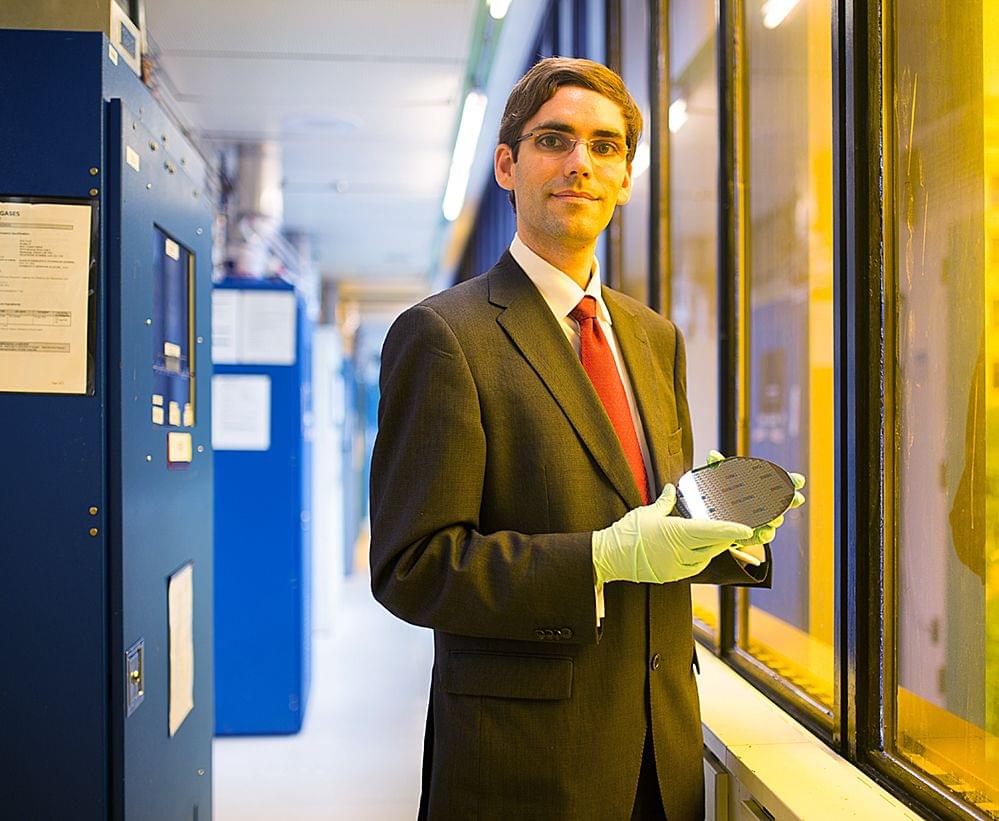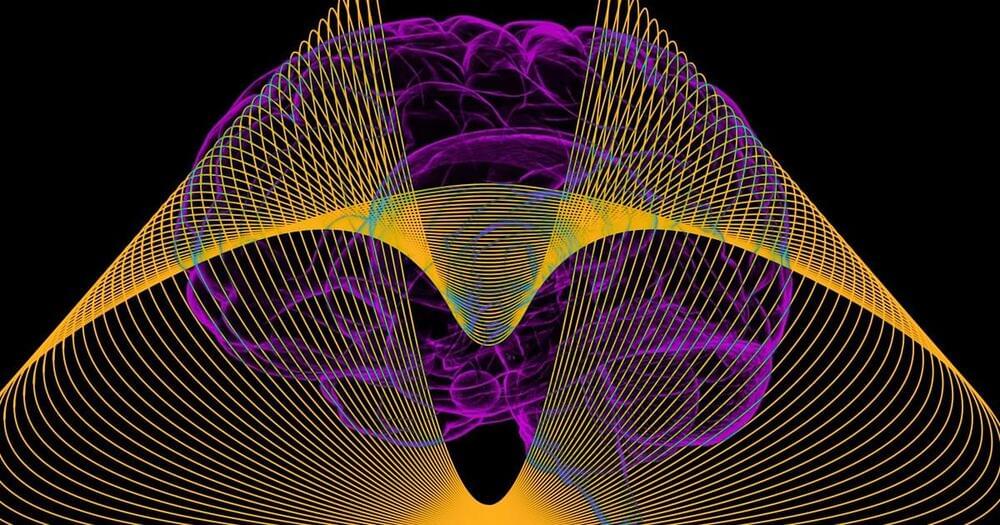In 2006, when Tomás Palacios completed his PhD in electrical and computer engineering at the University of California at Santa Barbara, he was torn between taking a job in academia or industry.
“I wanted to make sure that the new ideas that we were generating could find a path toward society,” says Palacios, the newly tenured Emmanuel E. Landsman Associate Professor of Electrical Engineering and Computer Science at MIT. “In industry, I was sure that would happen; I was not sure how it would work in academia.”








